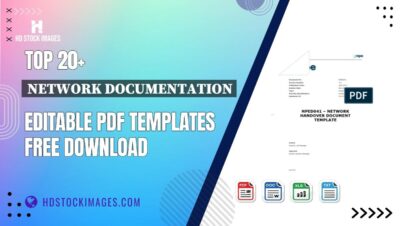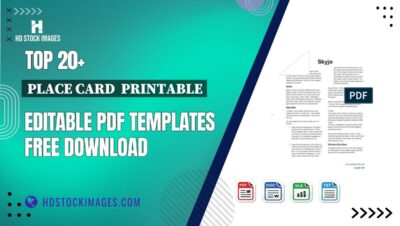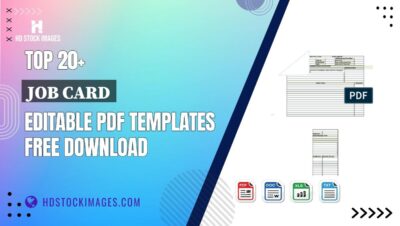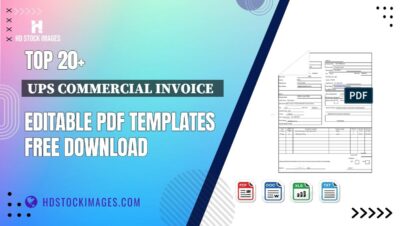Understanding the Reasons to Delete Your LinkedIn Account

Deciding to delete your LinkedIn account is a significant choice that many people make for various reasons. Perhaps you’ve found a new job and feel less need for a professional networking site, or maybe you’re just overwhelmed by the constant notifications. Whatever your reason, it's essential to understand the implications before making the leap.
Here are some common reasons people choose to delete their LinkedIn accounts:
- Privacy Concerns: With rising concerns over data privacy, some users worry about how their information is being used.
- Job Changes: If you've transitioned to a different field or no longer need networking opportunities, LinkedIn may feel redundant.
- Digital Detox: Some individuals are looking to reduce their screen time and social media presence.
- Negative Experience: Encountering spam, unwanted messages, or a toxic professional environment can drive users away.
Before you hit that delete button, consider these points:
- Networking: You might lose connections that could benefit your career in the future.
- Endorsements and Recommendations: Your professional reputation, built through endorsements and recommendations from colleagues, will be lost.
- Future Opportunities: Many recruiters use LinkedIn to find potential candidates. Deleting your profile could remove you from their searches.
Ultimately, the decision should align with your personal and professional goals. If you feel that your reasons outweigh the benefits, it might be time to take that step.
Also Read This: How to Add Awards to Your LinkedIn Profile: A Quick Guide
Step-by-Step Guide to Deleting Your LinkedIn Profile

Ready to delete your LinkedIn account? Don’t worry; the process is straightforward. Just follow these steps, and you’ll be out in no time!
- Log In: Start by logging into your LinkedIn account.
- Access Settings: Click on the “Me” icon at the top of your LinkedIn homepage, then select “Settings & Privacy.”
- Account Management: In the “Settings” menu, look for the “Account preferences” section. Here, you’ll find the option for “Close account.”
- Select Reason: LinkedIn will prompt you to select a reason for leaving. Choose the one that resonates with you, or simply select “Other.”
- Confirm Your Decision: You’ll need to enter your password to confirm that you want to proceed with the deletion.
- Final Confirmation: LinkedIn may send you an email to confirm that you want to delete your account. Make sure to check your inbox and follow any additional instructions.
And voilà! You’ve successfully deleted your LinkedIn account. However, keep in mind that it may take some time for your profile and data to be removed from the platform.
Before you leave, consider downloading a copy of your LinkedIn data. This can include your connections, messages, and profile information, which might be useful down the line. To do this, go to “Settings & Privacy,” then “How LinkedIn uses your data,” and finally “Get a copy of your data.”
Whether you’re taking a break from social media or moving on to new platforms, it’s always good to reflect on your career journey and connections. Wishing you the best in your future endeavors!
Also Read This: Can You Cancel LinkedIn Premium After the Free Trial? A Complete Guide
3. What to Consider Before Deleting Your Account

Deleting your LinkedIn account might seem like a straightforward decision, but there are a few important things to consider before you hit that delete button. It’s not just about saying goodbye to the platform; it’s about understanding what you might lose and the implications of your decision.
First off, think about your connections. LinkedIn is a fantastic networking tool, and deleting your account means you’ll lose all your connections. If you've built a solid network over the years, it might be worth considering whether you could simply take a break instead. You won’t just be losing contacts; you’ll be losing the potential for future opportunities that might arise from those connections.
Secondly, consider your recommendations and endorsements. If you've received recommendations from colleagues or endorsements for your skills, those pieces of professional validation will vanish along with your account. These are often crucial when job hunting or seeking new clients. If you think you may need them in the future, you might want to save this information first.
Another point to mull over is your job search. If you’re currently on the lookout for new job opportunities, LinkedIn is one of the best platforms to showcase your resume and experiences. Companies often use LinkedIn to find candidates, and by deleting your account, you might be cutting yourself off from valuable job leads. Instead of deleting, consider adjusting your privacy settings if you’re feeling overwhelmed.
Also, remember that your profile is a reflection of your professional journey. It can be a helpful tool for potential employers to see your skills and experiences at a glance. Deleting your account means losing this public portfolio.
In summary, before you click that delete button, ask yourself:
- Do I have connections I might need in the future?
- Have I saved important recommendations and endorsements?
- Am I currently searching for jobs that would benefit from a LinkedIn presence?
- Is there a way to manage my account rather than deleting it?
Taking the time to reflect on these questions can help ensure you’re making the best decision for your professional life.
Also Read This: How to Write a Message to a Recruiter on LinkedIn to Increase Your Chances
4. How to Download Your LinkedIn Data Before Deletion
If you’ve decided to go ahead and delete your LinkedIn account, it’s a good idea to download your data first. This way, you won’t lose valuable information like your connections, messages, and profile details. Luckily, LinkedIn makes this process pretty simple. Here’s how you can do it:
Step 1: Go to Your Settings
Start by logging into your LinkedIn account. Click on your profile picture at the top right corner of the page, and select “Settings & Privacy” from the dropdown menu.
Step 2: Access the Data Privacy Section
In the Settings menu, navigate to the “Data Privacy” section. Here, you’ll find the option labeled “Get a copy of your data.” Click on it to proceed.
Step 3: Choose Your Data
LinkedIn gives you the option to download all your data or select specific data subsets. You can choose:
- Connections
- Messages
- Profile information
- Comments and likes on posts
- Recommendations
Pick what you want, and then click on the “Request archive” button.
Step 4: Wait for the Email
After making your request, LinkedIn will prepare your data for download. This can take anywhere from a few minutes to several hours, depending on how much data you have. Once it’s ready, LinkedIn will send you an email with a link to download your data.
Step 5: Download Your Data
Check your email for the download link. Click on it, and you’ll be directed to a page where you can download your data. Make sure to save it somewhere secure!
By following these steps, you’ll ensure that you have a backup of your professional history before saying goodbye to LinkedIn. It’s a smart move, especially if you’re contemplating a return in the future.
Also Read This: How to Find Your Posts on LinkedIn and Track Engagement Easily
5. Frequently Asked Questions About Deleting LinkedIn Accounts
Thinking about deleting your LinkedIn account? You're not alone! Many users have questions that pop up when considering this decision. Let’s tackle some of the most common FAQs to help you feel more confident in your choice.
Q1: Will deleting my LinkedIn account erase all my connections?
Yes, deleting your account will remove all your connections, messages, and endorsements. If you have valuable relationships or recommendations, consider saving that information before you proceed.
Q2: Can I reactivate my LinkedIn account after deletion?
Unfortunately, once you delete your account, it’s permanent. LinkedIn doesn’t allow reactivation after deletion. However, if you merely deactivate it, you can return at any time by logging back in.
Q3: What happens to my profile information?
All your profile information, including your work history, skills, and recommendations, will be permanently erased. If you might want a reference later, download a copy of your LinkedIn data before deletion!
Q4: Are there any consequences for deleting my account?
Besides losing access to your connections and profile, you won’t be able to participate in group discussions or join LinkedIn Learning courses. It’s worth considering whether you need these features in the future.
Q5: Can I delete my LinkedIn account on mobile?
Yes, you can delete your account via the LinkedIn mobile app! Just navigate to your settings, find the "Account" section, and follow the prompts to delete your account.
These FAQs should give you a clearer picture of what deletion entails. Remember, if you need further assistance, LinkedIn’s Help Center is just a click away!
6. Alternatives to Deleting Your LinkedIn Account
If you’re hesitant about permanently deleting your LinkedIn account, don’t worry! There are several alternatives that allow you to manage your presence without losing everything. Let’s explore a few options.
- 1. Deactivate Your Account: This option temporarily hides your profile and connections without erasing them. You can reactivate it anytime, making it perfect for a break without losing your network.
- 2. Adjust Privacy Settings: If privacy is your concern, consider tweaking your privacy settings. You can limit who sees your profile, who can connect with you, and even hide your activity updates from your connections.
- 3. Remove Unwanted Connections: Instead of deleting your account, take some time to clean up your network. Remove connections that no longer serve you or that you don’t recognize.
- 4. Pause Notifications: If notifications are overwhelming, you can change your settings to stop receiving emails and alerts. This can help manage the clutter without losing access.
- 5. Limit Profile Visibility: You can make your profile visible only to your connections or even hide it from search engines. This way, you maintain a presence but with minimal visibility.
Exploring these alternatives can help you maintain control over your LinkedIn experience without the drastic step of deletion. Whether you need a break or just want to fine-tune your profile, there are plenty of options to consider!
 admin
admin








